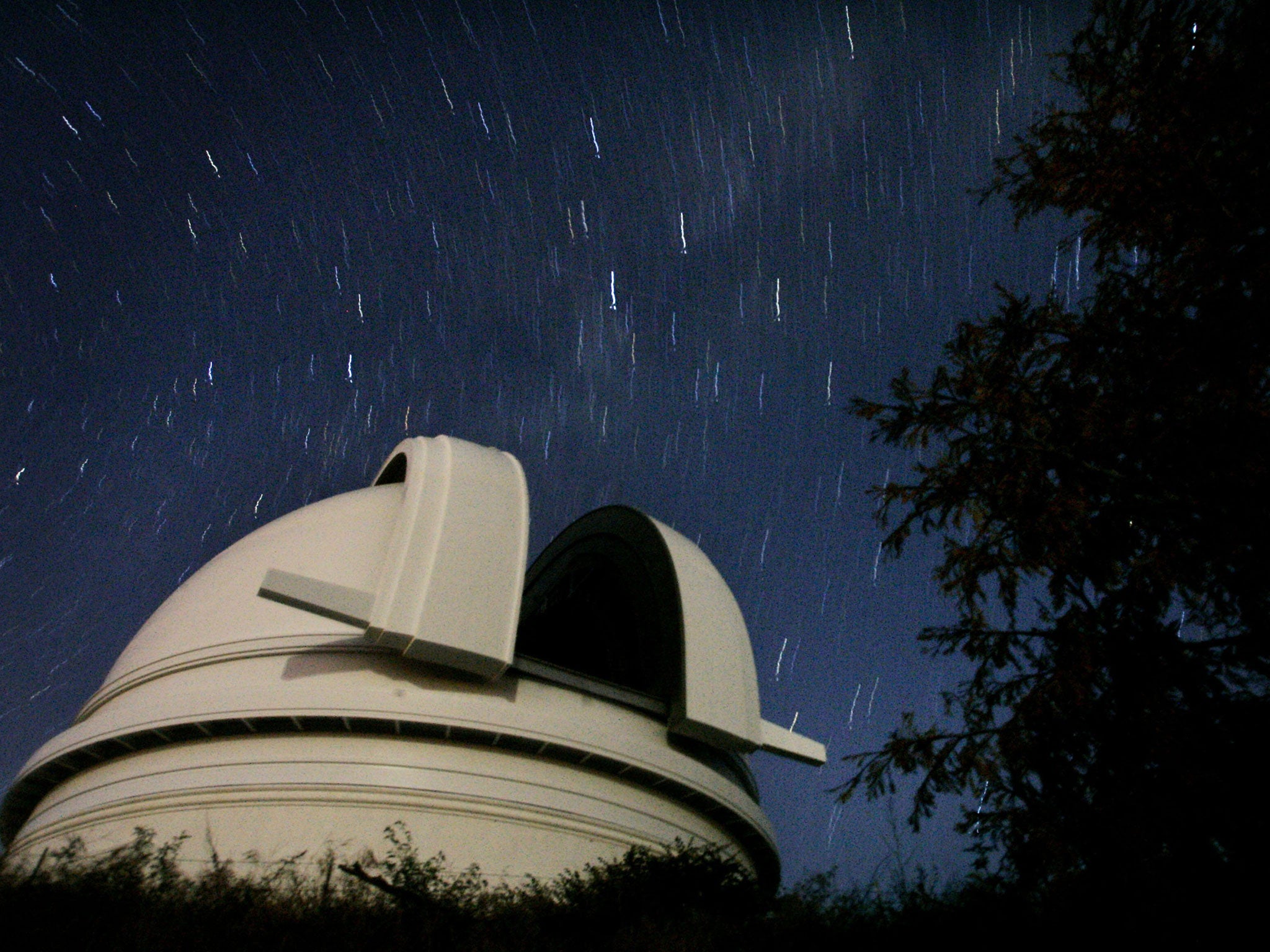Asteroid that skimmed past Earth was pulling its own moon
About 16 per cent of near-Earth asteroids are carrying moons, Nasa says

Your support helps us to tell the story
From reproductive rights to climate change to Big Tech, The Independent is on the ground when the story is developing. Whether it's investigating the financials of Elon Musk's pro-Trump PAC or producing our latest documentary, 'The A Word', which shines a light on the American women fighting for reproductive rights, we know how important it is to parse out the facts from the messaging.
At such a critical moment in US history, we need reporters on the ground. Your donation allows us to keep sending journalists to speak to both sides of the story.
The Independent is trusted by Americans across the entire political spectrum. And unlike many other quality news outlets, we choose not to lock Americans out of our reporting and analysis with paywalls. We believe quality journalism should be available to everyone, paid for by those who can afford it.
Your support makes all the difference.The asteroid that buzzed past Earth last night was carrying its own moon with it, Nasa scientists have said.
The asteroid came very close to us in space terms — about 745,000 miles away, or just over three times the distance to the moon — and as Nasa scientists watched it they saw that 2004 BL86 had its own moon.
The asteroid itself is about 325 meters across, and the moon is about 70 meters across.
The moon was picked up in radar images taken by Nasa’s Deep Space Network antenna at Goldstone in California.
But it also flew past close enough for amateur astronomers to catch it through binoculars.
It is the closest an asteroid of this size is expected to come until 2027, and 2004 BL86 itself won’t come this near to the Earth for another 200 years.
Nasa watches asteroids as they fly around space to keep earth protected.
Join our commenting forum
Join thought-provoking conversations, follow other Independent readers and see their replies
Comments